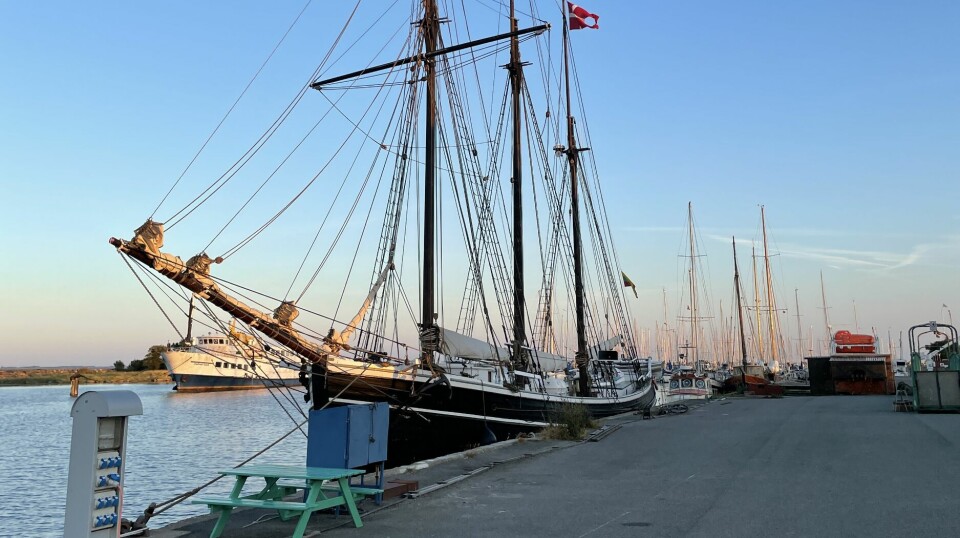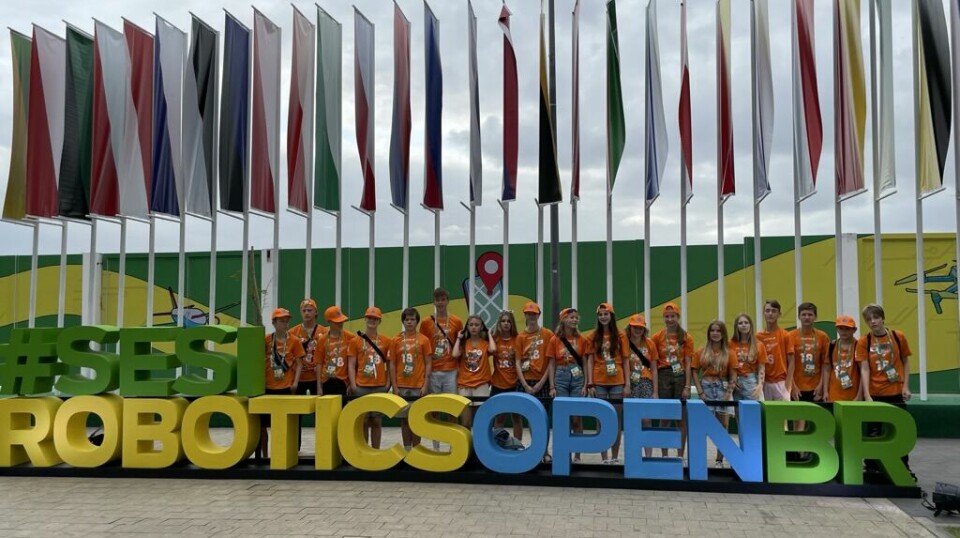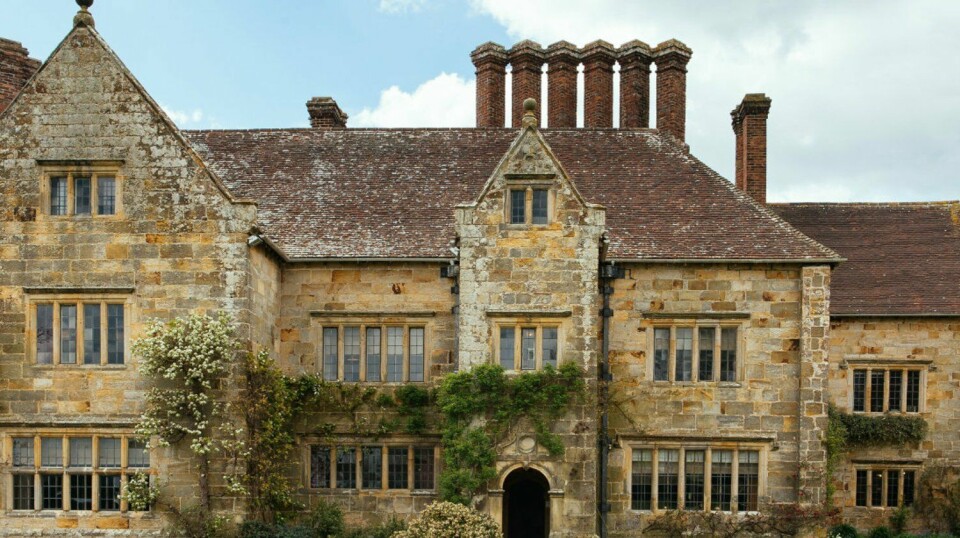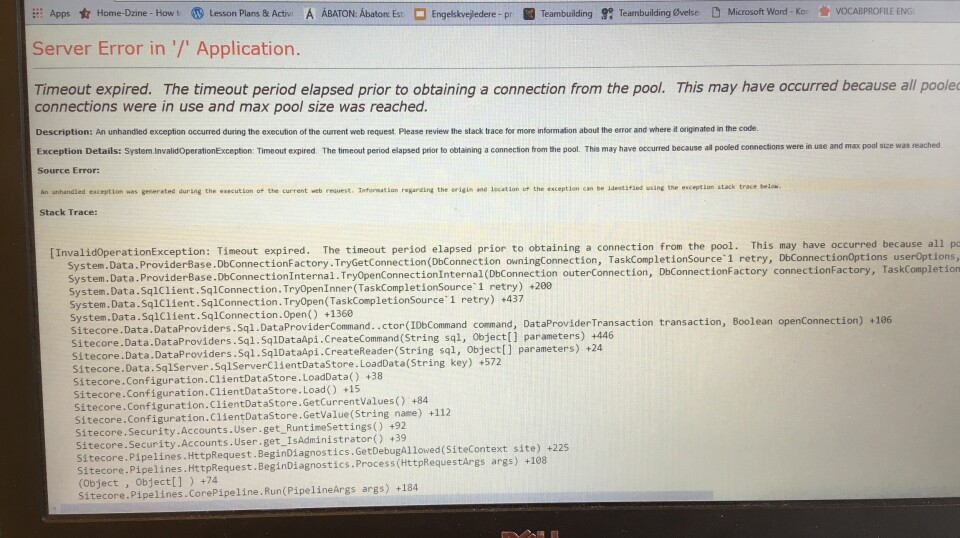
Marshall
Blog
Er vi gode til engelsk i Danmark?
Det følgende teksteksempel er kopieret direkte fra Aalborg Lufthavns hjemmeside. Den engelske tekst er naturligvis under den engelske version af hjemmesidens historie. Lufthavnens kommunikationschef har oplyst mig at oversættelsen er skrevet af et professionelt firma. Jeg har kun kopieret hvad der er findes på nettet. Find selv fejlene.
The history of Aalborg Airport
Aalborg Airport is heading towards its 75th anniversary in 2013. But the main route, Aalborg-Copenhagen, goes back further then that. It is the first domestic route in Denmark, which started in September 4th 1936 where the planes from Copenhagen landed at the field of a concrete factory in Rørdal, outside Aalborg.
At that time the route takes one hour and 40 minutes. There is room for eight passengers, the pilot, the radio operator and one engine in the Fokker F VII-plane. The price for a single ticket is £25, corresponding to approx. £ 840 2012-prices. Both SAS and Norwegian can make it cheaper today.
In 1936, the aircraft is slightly more expensive than the high speed train but about five hours faster. A modest start at the Aalborg-Copenhagen route, which turn out to be Denmark's sovereign largest domestic route with estimated about 25 millions passengers at time being.
The concrete mogul leads the way
In the thirties major cities in Jutland tried to be the first with a flight to Copenhagen. Aalborg City Council is not much of sacrificing a fortune on an airport, no one sees the need for. But Aalborg is still the first to do so, because of engineer Gunnar Larsen. At the time he is the Director of F.L. Smidth, who owns Aalborg Portland - the concrete factory in Rørdal.
The concrete mogul as he was called, had his own corporate jet with a private pilot and a small airfield at the factory. He offers that the flights to Copenhagen uses the airfield for a trial period of two years. Then, Aalborg municipality adopt can build an airport when and if the route will be a success.
The mayor of Aalborg Marinus Jørgensen is convinced. In urgent matters the Provincial Carrier is founded and 4 September 1936 the Prime Minister Stauning is the first on the flight from Copenhagen to Aalborg by declaring the day of a national holiday.
With one round-trip flight per day the 26 flights has no more than 277 passengers in September 1936. The reason for that is the planes only can fly in daylight. The year after there are a morning and an evening departure from May to October with a total of 878 passengers from Aalborg to Copenhagen and 967 in the opposite direction.
Flying city council
The route from Aalborg to Copenhagen has shown its merits, and Aalborg City Council invests in an Airport at Thistedvej north of Nørresundby. The Airport opens 29th May 1938 with a flying tournament with 75,000 spectators. A German pilot gets a great deal of attention, when he makes a loop with a large Condor Airliner on 14 tones with 26 seats and the swastika on the tail.
Later this year, buying the Danish airline company DDL buys two Condor airplanes. It gives Mayor Marinus Jorgensen the idea for a high-flying city council in the Condor "Dania".
Aalborg Airport is one of the first airport in the province and the best equipped. However it is grass and clover on the concrete city runway, sufficient for contemporary aircrafts. In addition to the Copenhagen route a route to Hamburg opens in June that year from Silkeborg (RY) and Esbjerg, and the year after coming Kritiansand in Norway on the route as well. At Aalborg Airport there are free parking at the time - and it still is today.
Since the growth has gone up and down as it does in the airline industry. Most up with a single slump:
9th April 1940: German Forces occupy Denmark and Aalborg Airport, which extended from 254 to 5,000 acres of land and a few months turned into a giant military airbase: Aalborg Fliegerhorst West with Europe's longest runways. Now in concrete. Contemporary aircraft can not fly from Germany to Norway without having to refuel along the way, and Aalborg become the German air strengthened stepping stones on the way to Norway - and therefore a bombing target for the British aircrafts. The war stops all civil aviation, and the two years old airport building is being demolished.
1945-1948: Britain's Royal Air Force takes over Fliegerhorst Aalborg West and destroy all German military equipment, aircraft hangars, cars, airport equipment, etc. Million Values are lost at the airport, as the area is much larger than Copenhagen Airport. But passenger facilities are almost absent.
The route to Copenhagen starts again in June, with the Germans former fire station as the "terminal", and in 1946 the airport and most of other Danish airports is being taken over by the state.
The wanderlust is great after five years of occupation, and in 1948, in addition to the Copenhagen route there are periods with routes from Aalborg to Aarhus (Tirstrup),Gothenburg, Kristiansand, Stavanger, Oslo and Amsterdam and London. But most of the international routes have at that particular time a short-lived.
1951: The passenger numbers plummet and reaches the bottom line, when SAS closes the main route to Copenhagen for a short period of time.
1952: Aalborg Air Base was established in the north of the airport and in 1954 Aalborg Airport requested for a new airport building in south closer to Aalborg city.
1969: The passengers numbers rises in the sixties, which makes its necessary to expand the small airport building from 1954 with a much larger extension.
1970-1982: The ship route between Aalborg and Copenhagen closes in 1970, and several people are now taking the plane to Copenhagen. The first charter route from Aalborg Airport started in 1971, but they were soon to be called off because of the small room at the small airport building. It was first in the year of 1982 a new, much larger airport terminal was ready, because of the slow process of state fundings.
1997: At 1st July 1997 Aalborg Airport was transferred to the 13 municipalities in North Jutland, which now has become 6 large municipalities. Northern Jutland is now again owner of the airport. Municipalities may not serve the airport, the moneys are given to improve passenger facilities.
29th May 2001: New large terminal, 126 meters long. Awarded for its interesting architecture, with arched roof of the boomerang-shaped rafters and two storey glass facade facing airside. An exterior design that continued in subsequent extensions. The airport will be much more attractive with more departure halls (gates), a view balcony, large duty-free shop, etc. Price 110 million £. Charter airlines are returning in increasing numbers - and there are still free parking.
2006: Low-cost carrier Sterling Airlines starts at Aalborg-Copenhagen route in October and breaking SAS and Cimber's monopoly. Now there are up to 40 round-trip flights on weekdays with SAS, Cimber and Sterling which are bending the prices. Sterling also opens up international routes from Aalborg Airport to London and Malaga.
2007: Passenger numbers are exploding, and in 2007, the terminal extended by 60 meters to a total of 186 meters. More space for passengers and more facilities, among others causes a major departure halls on two floors, extra arrivals and an even greater duty-free shop.
2008: Sterling goes bankruptcy in October. Instead the low-cost airline company Norwegian open a Aalborg-Copenhagen route and more international routes. The airport upgrade its marketing and attract new passengers from Aarhus, Randers, Viborg and Silkeborg area in the south to Skagen in the north and Thisted in the west.
2011: Aalborg Airport gets an international breakthrough when KLM / Air France in spring opens a new route to Amsterdam. An exciting destination, but equally important: Most of the world is now open from Aalborg with just one change of aircraft in Copenhagen or Amsterdam.
2012: Financial crisis. Cimber goes bankrupt. On the other hand that increases SAS and Norwegian with its departures at the Aalborg-Copenhagen route, and there are new international routes that include Istanbul and Barcelona as well as new charter destinations. In 2012, there are approximately 1, 4 million passengers which travel to and from Aalborg Airport at modest 6,052 in 1939 - the airport's first full year.
29th May 2013: Aalborg Airport celebrates its 75 years anniversary with a terminal expansion of 7,000 square meters to 175 million £. Now with twice as many gates (12), new large lounge, larger security area, seven times as large duty free shop, new bar, etc. The terminal extended at both ends, so the old "terminal" from 1954, which in recent years has been Cargo-dept. demolished along with the German old guard building from 1940. Aalborg Architects NORD A/S stands for the enlargement both in 2007 and 2013.
The airport now attracts passengers from all over Jutland due to exciting destinations and 4,000 free parking spaces. In the past 10 years, passenger numbers doubled. The main route Aalborg-Copenhagen is still the largest domestic route, which accounts for approx. half of all passengers on Danish domestic routes.
Aalborg Airport also has a large network of international routes to cities especially, and many charter destinations.
- See more at: http://www.aal.dk/en/about-aalborg-airport/history/



















